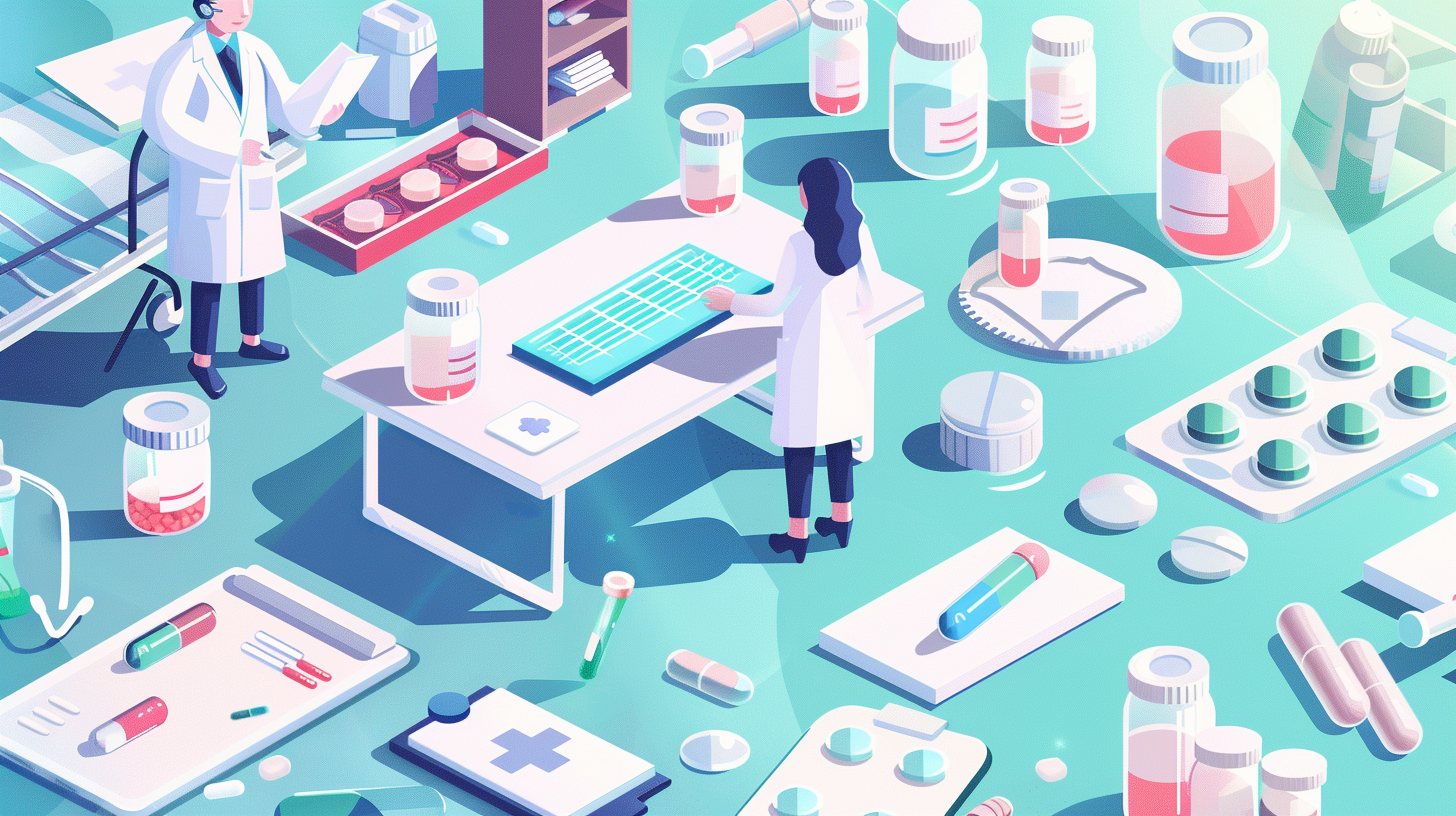


“What can you do to simplify?” This guiding principle from LiveSwitch’s Co-founder and CEO, Jerod Venema, was a key highlight in his interview with Ed Marx, a leading voice in digital healthcare technology.
In our first blog post, we talked about the top three critical issues in healthcare today: labor shortages, rising costs, and sustainability. Industry leaders are leveraging technology to streamline or “simplify” processes and patient care, including clinicians’ workflows, virtual care offerings, and access to knowledge and expertise through remote collaboration.
In this third entry of our healthcare blog series, we’ll explore how the principle of simplicity drives LiveSwitch’s mission to enhance the experiences of both practitioners and patients.
Clinician burnout is partly caused by the overwhelming amount of documentation and administrative tasks required between patient visits. To address this, many healthcare software companies are leveraging technology and AI to automate these processes. Ambient listening technology, for instance, enables software to listen to physician-patient conversations and automatically upload the data to the system.
LiveSwitch supports similar capabilities. Our flexible pipeline allows customers to integrate any AI tool of their choice to analyze audio and video data passing through our platform. In this demo, LiveSwitch uses Microsoft’s speech-to-text service to generate conversation transcripts, which are then summarized using ChatGPT. These prompts can be adjusted to produce SOAP notes or other required documentation. Additionally, tools like Otter.ai, Amazon Transcribe, or Deepgram can be integrated based on company preferences.
%20-%20Customer%20Showcase/Customer%20Showcase%20-%20Video%20Example%20Thumbnails/medwand-example-video-thb.webp?width=684&height=385&name=medwand-example-video-thb.webp)
Virtual care not only enhances convenience but also extends access to patients unable to attend in-person consultations. It is particularly beneficial for long-term monitoring, such as chronic disease management, elderly care, and wound care.
While the most significant spike in telehealth usage was seen during the pandemic, virtual healthcare remains crucial today and will continue to be a core component of patient care delivery.
Modern technology enables the collection of diagnostic data through video feeds. Cameras can now capture vital signs like body temperature and heart rate without specialized diagnostic devices. One of our customers, Neolook Solutions, uses LiveSwitch technology in baby monitors to help parents monitor their children in NICU facilities.
Even when specialized tools are required, LiveSwitch proves to be invaluable. Medwand integrates the LiveSwitch SDK into diagnostic hardware sent to patients to capture clinical-grade vitals. These devices, equipped with thermometers, stethoscopes, ECG/EKG, pulse oximeters, and ultra-HD cameras, securely transmit data to remote physicians via LiveSwitch’s data channels to the physician’s screens.
%20-%20Customer%20Showcase/Customer%20Showcase%20-%20Video%20Example%20Thumbnails/steris-example-video-thb.webp?width=684&height=385&name=steris-example-video-thb.webp)
Virtual collaboration among physicians not only enhances patient care quality but also mitigates labor shortages and burnout. Experts can provide remote assistance without the need for travel, thereby improving efficiency and productivity.
Remote collaboration is LiveSwitch’s forte. Steris Healthcare is a LiveSwitch customer that uses our SDK to facilitate remote collaboration among healthcare practitioners, streaming live video feeds from the Operating Room directly to the screens of students and other experts. LiveSwitch’s flexibility also allows integration into specialized devices, such as AR glasses, enabling remote doctors to see patients physically present with the clinician.
These are just a few examples of how LiveSwitch is transforming healthcare for global organizations. As the real-time audio and video provider of choice for leading healthcare brands, LiveSwitch is at the forefront of healthcare innovation. If you’re considering building a telehealth application with WebRTC, contact our team or explore our telehealth demo here!